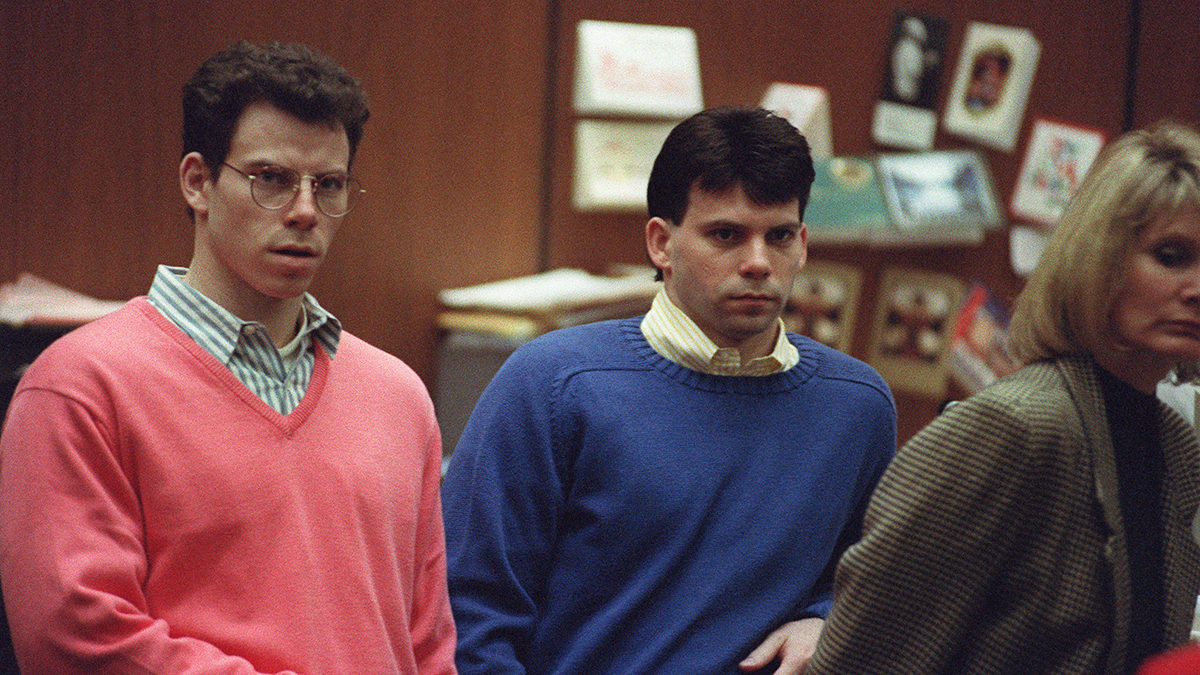California officials say they have found a way to pay for building a pair of tunnels championed by Gov. Jerry Brown that will send water around the Sacramento-San Joaquin Delta as part of plan to address the state's water supply problems.
The State Treasurer's Office released a study on Friday showing that cities and farmers who need the water most can afford to pay their share. The contested Bay Delta Conservation Plan, which has been in the works since 2007, has a $25 billion price tag and would require billions of dollars in fixed payments each year.
The Bay Delta Conservation Plan is designed to make it easier to pump water from the Sacramento River to Central Valley farms and Southern California cities. The governor has identifed the two 40-foot diameter, 35-mile long tunnels under the delta as part of a plan that would guarantee a stable water supply for drought-stricken California.
The rivers of the Sierra Nevada, where snow melts in the spring and provides water runoff shared by 25 million Californians, merge in the Sacramento-San Joaquin Delta. The delta provides 3 million acres of farmland with irrigation water.
About 30 percent of Southern California's water supply moves through the delta, according to the Metropolitan Water District of Southern California.
Water districts in Central and Southern California -- such as the Metropolitan Water District, Westlands Water District and Kern Water District -- have paid for much of the planning so far. Those agencies and their customers -- not California taxpayers -- would be responsible for billions of dollars in debt over 50 years, the study said.
The fixed payments plan would mean that even in future drought years, water agencies would pay while receiving little or no water. The study said the strategy is necessary to sell revenue bonds at reasonable rates.
News
Top news of the day
The study also notes risks, saying such massive projects often run over budget and can be subject to unexpected regulatory and environmental changes.
Environmentalists, delta farmers and the fishing industry say the tunnels would further harm the delta and water quality. They say the project is doomed because it won't win approval from a long list of agencies.
The study, requested by the California Resources Agency, indicated the project would be financed over a 50-year period and includes cost ranges for involved water agencies.
"We believe this report is a very positive assessment of the affordability of the proposal," said Karla Nemeth, deputy director of the California Natural Resources Agency, which requested the independent study.
In January, Brown declared a drought emergency for California as reservoirs reached critically low levels and snowpack diminished in the Sierras, a vital source of water for the state. Farmers in the Central Valley have fallowed fields and mandatory water restrictions are in effect as California faces a fourth-consecutive dry year after a summer of record heat.
The study released Friday comes after a victory for Brown in the Nov. 4 election when Prop 1, the state's water bond, was approved. The nearly $7.6 billion bond measure placed on the ballot by the Legislature will fund state water supply infrastructure projects, including surface and groundwater storage, ecosystem and watershed protection and restoration and drinking water protection.
Brown has said the money provided by the measure for water insfrastructure improvements and conservation efforts will not be nearly enough for significant, long-term drought solutions. He has said long-term solutions will require "tens of billions of dollars" invested over a decade or more.
The Brown administration has a 10-point list of water goals, which include promoting conservation, restoring ecosystems, expanding storage capacity, improving groundwater management, increasing flood protection and making regulations more efficient. Brown's father, former Gov. Pat Brown, ushered in the State Water Project in 1959, an extensive system of reservoirs and canals that was considered an engineering marvel in its day.



